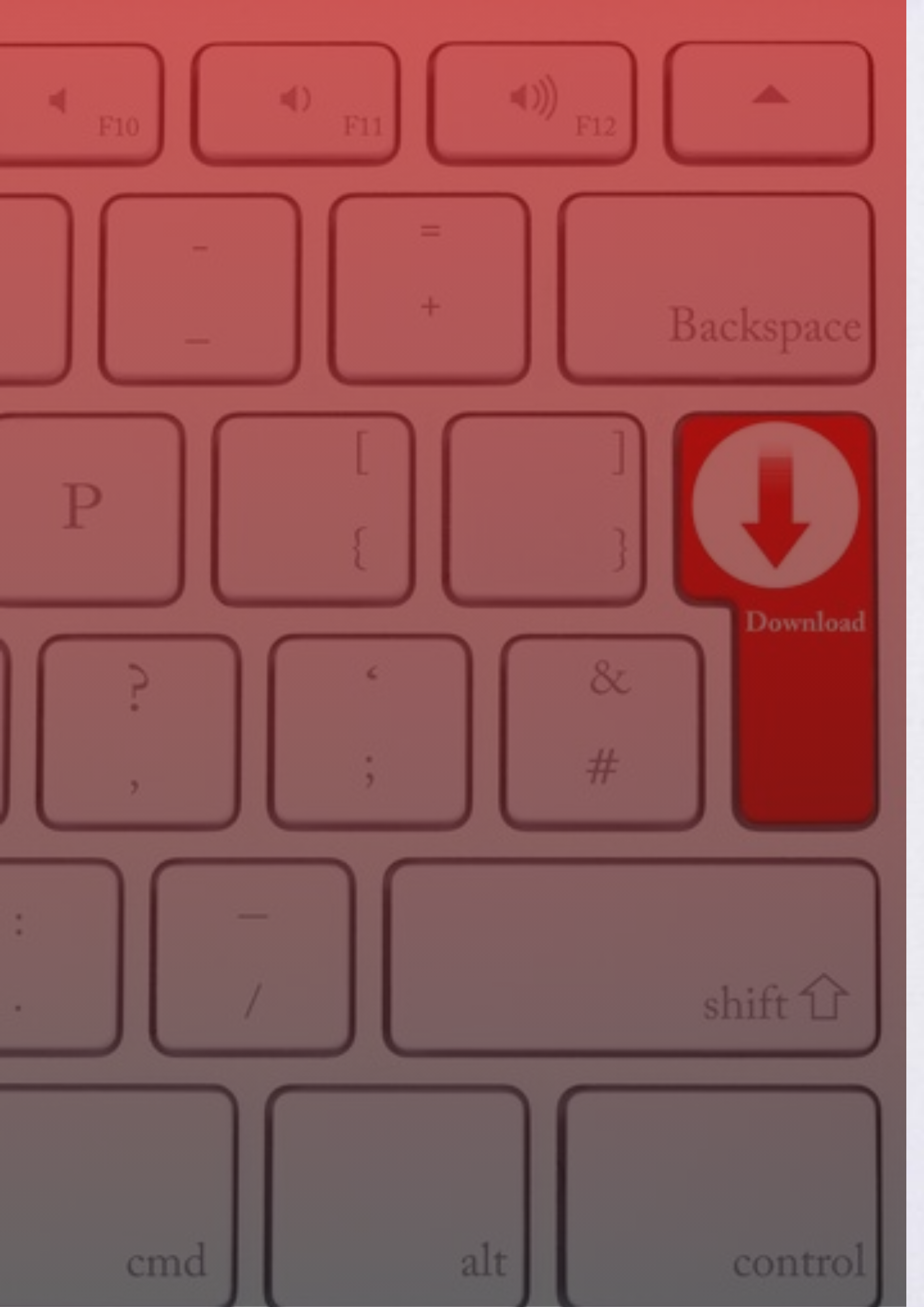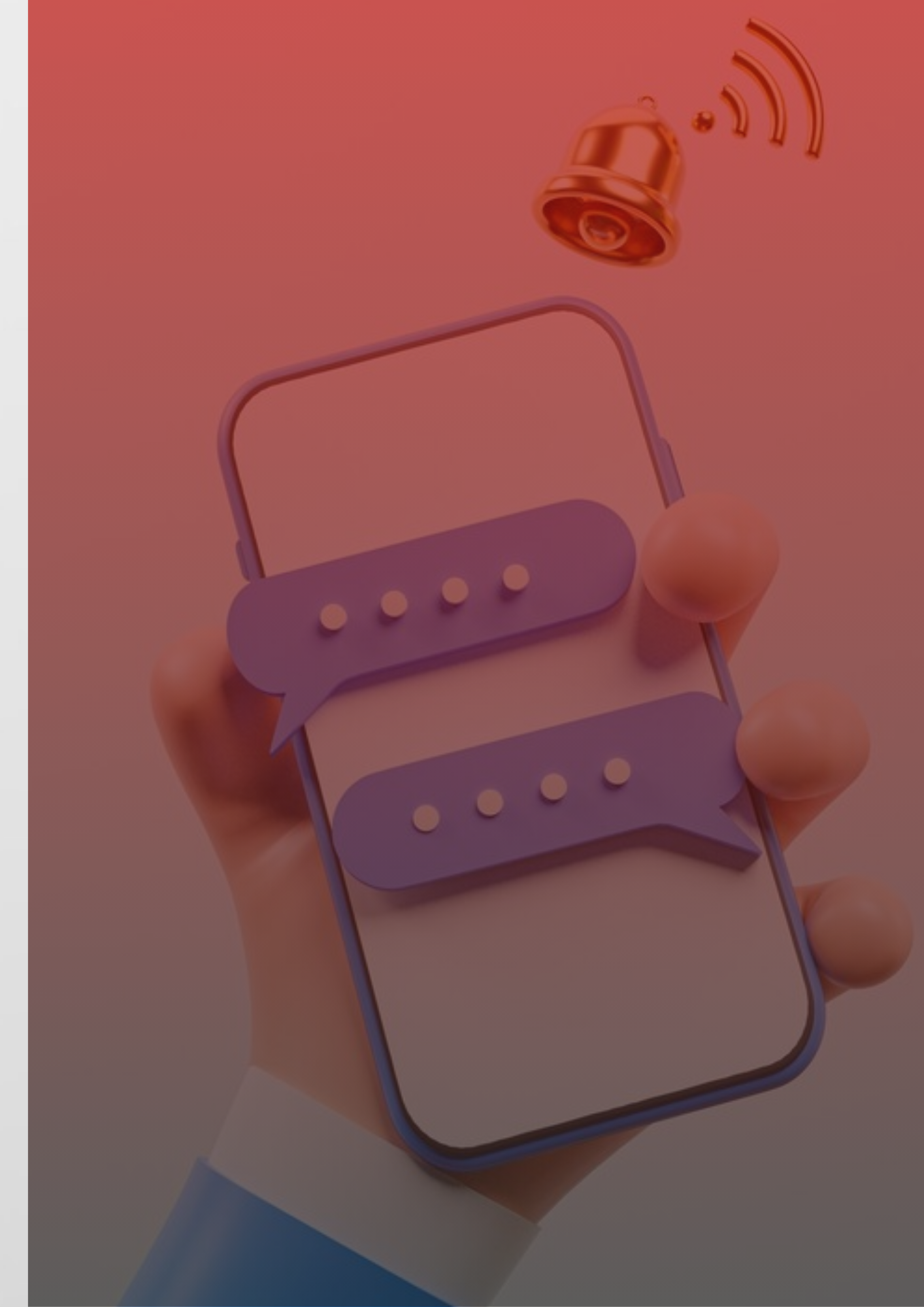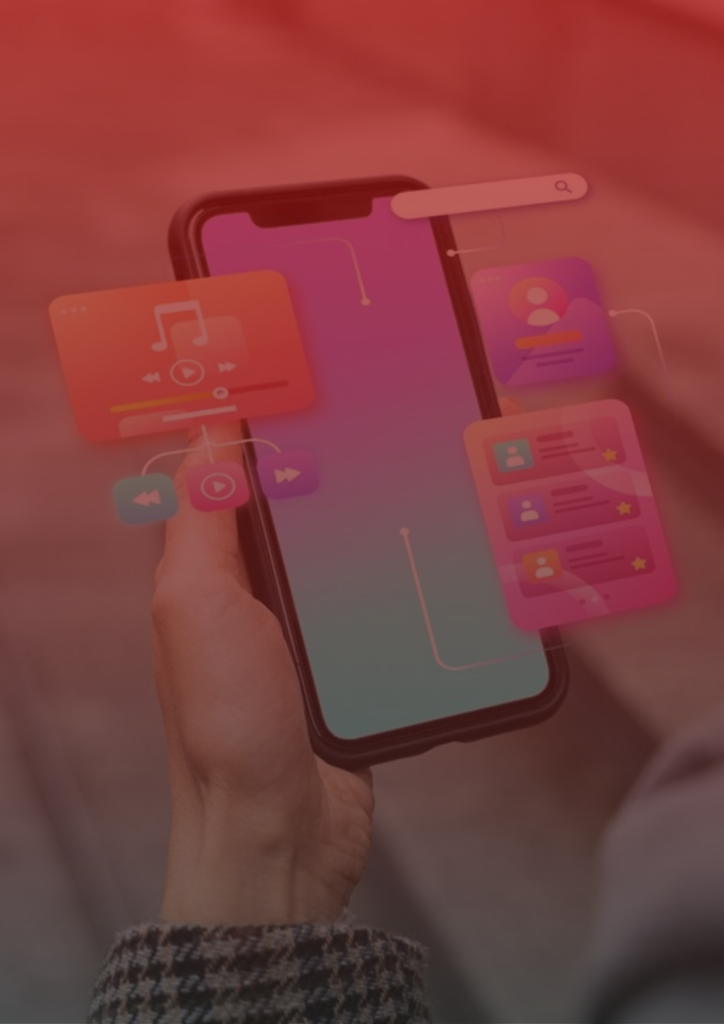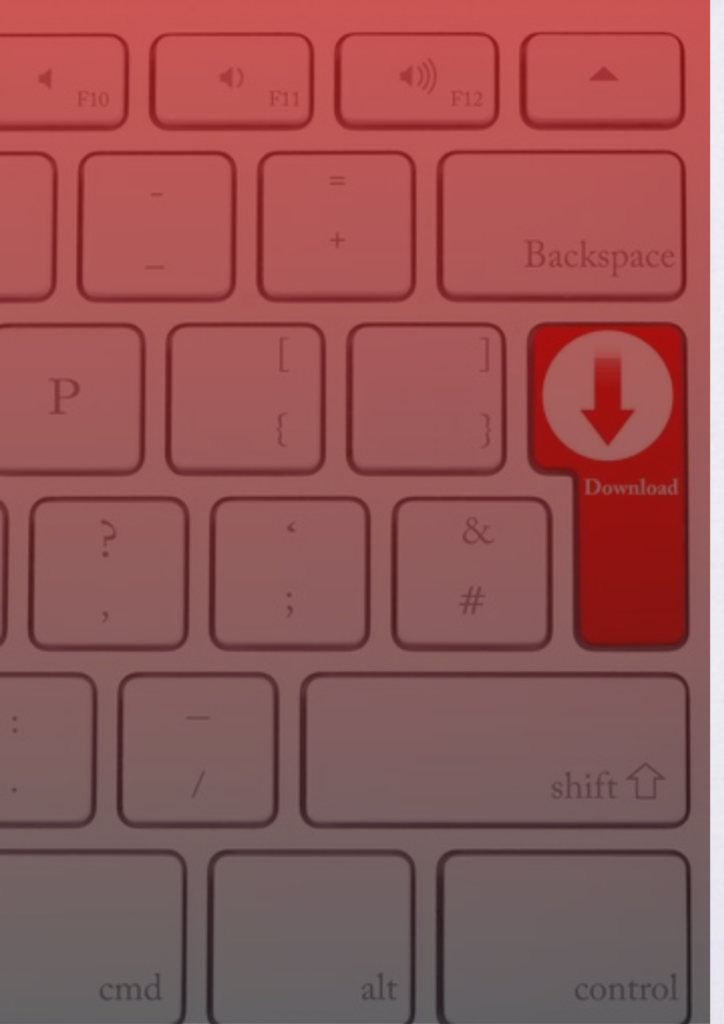Getting users to download your app is no longer the hard part. In 2025, the real challenge begins after the install, when users decide, often within minutes, whether your app becomes a part of their daily life or gets deleted and forgotten.
According to Adjust’s 2024 Mobile App Trends Report, the average mobile app loses 57 percent of its users within the first 24 hours of installation. By day 7, that number climbs to 71 percent, and after 30 days, only 21 percent of users remain active. With customer acquisition costs continuing to rise, especially in competitive verticals like fintech, health, and e-commerce, app retention is no longer just a metric to watch, it is a mission-critical strategy.
In this environment, the most successful app marketers are shifting focus from acquisition to engagement, value delivery, and habit formation. Here’s how they are turning first-time users into daily active fans.
1. Personalized Onboarding, Your First 60 Seconds Matter
The first experience a user has with your app can determine everything. A study by Localytics showed that users who complete a personalized onboarding process are 70 percent more likely to remain active after two weeks.
In 2025, personalization is no longer a bonus, it is a baseline. The most effective apps deliver onboarding flows that adapt to user input, such as chosen goals, preferences, location, or device type. For example, a fitness app may suggest a workout plan based on the user’s answers in the signup form, while a language-learning app may adapt lessons based on the user’s level and availability.
The goal is to show immediate value. The user should feel like the app understands their needs from the very beginning. Keep onboarding short, skippable, and relevant, and guide users toward a quick win that builds momentum.

2. AI-Powered Push Notifications That Actually Help
Push notifications remain one of the most powerful retention tools, but in 2025, it is all about contextual timing and personal relevance.
Modern apps are using AI to track behavioral patterns, predict engagement, and craft messages that feel like personal nudges. For instance, a productivity app might notice that a user skips their task check-in every Monday morning and send a well-timed reminder. A news app might tailor alerts based on previously read categories and preferred times of day.
According to Airship’s 2024 Push Notification Benchmark Report, personalized push notifications can drive up to a 400 percent increase in engagement compared to generic messages. However, irrelevant or excessive push messages remain one of the top reasons users uninstall apps.
The takeaway is clear. Use push notifications sparingly, let AI do the heavy lifting, and always provide value.

3. Habit Loops and Gamification, Turn Usage Into Routine
The most engaging apps are built around habit loops, a concept popularized by behavioral science. Each loop includes a trigger, an action, and a reward. Think of Duolingo’s daily streaks or fitness apps that reward consistency with badges and milestones.
In 2025, more apps are introducing subtle gamification techniques such as streaks, unlockable content, daily check-ins, and progress tracking. These features do not just entertain users, they reinforce behavior and build positive associations with regular use.
According to a study by UXCam, apps that use gamification elements see an average 30 percent boost in retention over a 30-day period.
The key is not to make your app addictive, but to make it meaningful and satisfying to return to

4. Micro-Interactions, Small Details That Create Delight
Micro-interactions are those tiny design elements that improve the user experience in big ways. They include animations, vibrations, sound feedback, and interactive transitions. These details may seem minor, but they enhance usability, provide feedback, and make the app feel alive.
In 2025, users expect apps to feel intuitive, responsive, and enjoyable. Whether it is a confetti animation after completing a goal or a subtle pulse when tapping a button, these touches help reduce friction and increase satisfaction.
A 2024 study by the Nielsen Norman Group found that apps with polished micro-interactions had a 17 percent higher rate of user satisfaction and longer average session durations.
In a market flooded with similar products, micro-interactions can be the factor that sets your app apart.

5. Community Features, Retention Through Social Connection
Humans are social by nature, and smart app developers are using that to their advantage. Adding social features, even in non-social apps, can significantly increase retention by giving users a reason to come back and engage.
In 2025, we are seeing more apps integrate social feeds, user leaderboards, shared challenges, and peer-to-peer messaging. For example, meditation apps now offer group sessions and shared goals. Fitness apps allow friends to compare progress. Music apps let users share playlists and follow each other’s listening habits.
Apps that build community create a sense of belonging. According to Facebook’s App Monetization Report, apps with integrated community features saw 1.8 times higher user retention over a 60-day period compared to those without
.

Final Thoughts, Retention Is Not a Feature, It’s a System
App retention is not just about clever UX or catchy push notifications. It is about creating a full ecosystem that delivers continuous value, anticipates user needs, and builds habits over time.
In 2025, successful apps are built with day 2, day 7, and day 30 in mind. They understand that growth does not come from downloads alone, it comes from delivering the kind of experience users want to return to every single day.
Investing in retention is not just good marketing, it is good business
